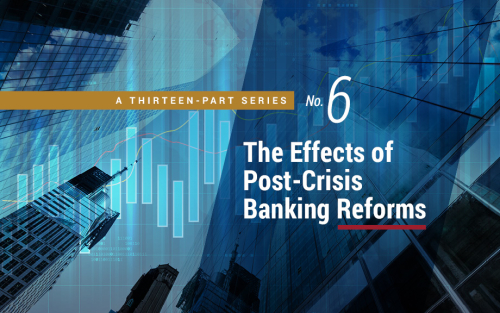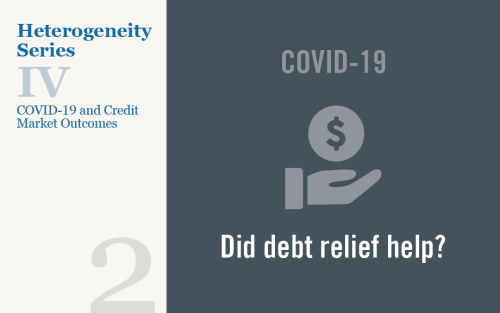The Sustainability of First‑Time Homeownership

In this post we take up the important question of the sustainability of homeownership for first-time buyers. The evaluation of public policies aimed at promoting the transition of individuals from renting to owning should depend not only on the degree to which such policies increase the number of first-time buyers, but also importantly on whether these new buyers are able to sustain their homeownership. If a buyer is unprepared to manage the financial responsibilities of owning a home and consequently must return to renting, then the household may have made little to no progress in wealth accumulation. Despite the importance of sustainability, to date there have been no efforts at measuring the sustainability of first-time homeownership. We provide an example of a first-time home buyer sustainability scorecard.
Who’s on First? Characteristics of First‑Time Homebuyers

In our previous post, we presented a new measure of first-time homebuyers. In this post, we use this improved measure to describe the characteristics of first-time buyers and how those characteristics change over time. Having an accurate assessment of first-time buyers is important given that the aim of many housing policies is to support the transition from renting to owning. A proper assessment of these housing policies requires an understanding of the impact of these policies on the share of first-time buyers and the characteristics of these buyers. Our third post will directly examine the sustainability of homeownership by first-time buyers.
Analyzing the Effects of CFPB Oversight

The Consumer Financial Protection Bureau (CFPB), created in 2011, is a key element of post-crisis U.S. financial regulation, as well as the subject of intense debate. While some have praised the agency, citing the benefits of consumer financial protection, others argue that its activities involve high compliance costs, increase uncertainty and legal risk, and ultimately reduce the availability of financial services for consumers. We contribute to this debate by investigating empirically whether the CFPB’s supervisory and enforcement activities have significantly affected the supply of mortgage credit, or had other effects on bank risk-taking and profitability
How Is Technology Changing the Mortgage Market?

The adoption of new technologies is transforming the mortgage industry. For instance, borrowers can now obtain a mortgage entirely online, and lenders use increasingly sophisticated methods to verify borrower income and assets. In a recent staff report, we present evidence suggesting that technology is reducing frictions in mortgage lending, such as reducing the time it takes to originate a mortgage, and increasing the elasticity of mortgage supply. These benefits do not seem to come at the cost of less careful screening of borrowers.
Diplomas to Doorsteps: Education, Student Debt, and Homeownership
How Severe Was the Credit Cycle in the New York‑Northern New Jersey Region?
U.S. households accumulated record-high levels of debt in the 2000s, and then began a process of deleveraging following the Great Recession and financial crisis.
Why Are Adjustable Rate Mortgages So Rare These Days?
The fraction of mortgage borrowers who choose an adjustable-rate loan has fallen significantly over the past five years or so. Although the fraction edged up slightly in 2010, it remains close to historic lows, with less than 10 percent of mortgage originations since 2009 featuring an adjustable interest rate. What explains the striking decline? And what are its implications for borrowers and policymakers?













 RSS Feed
RSS Feed Follow Liberty Street Economics
Follow Liberty Street Economics